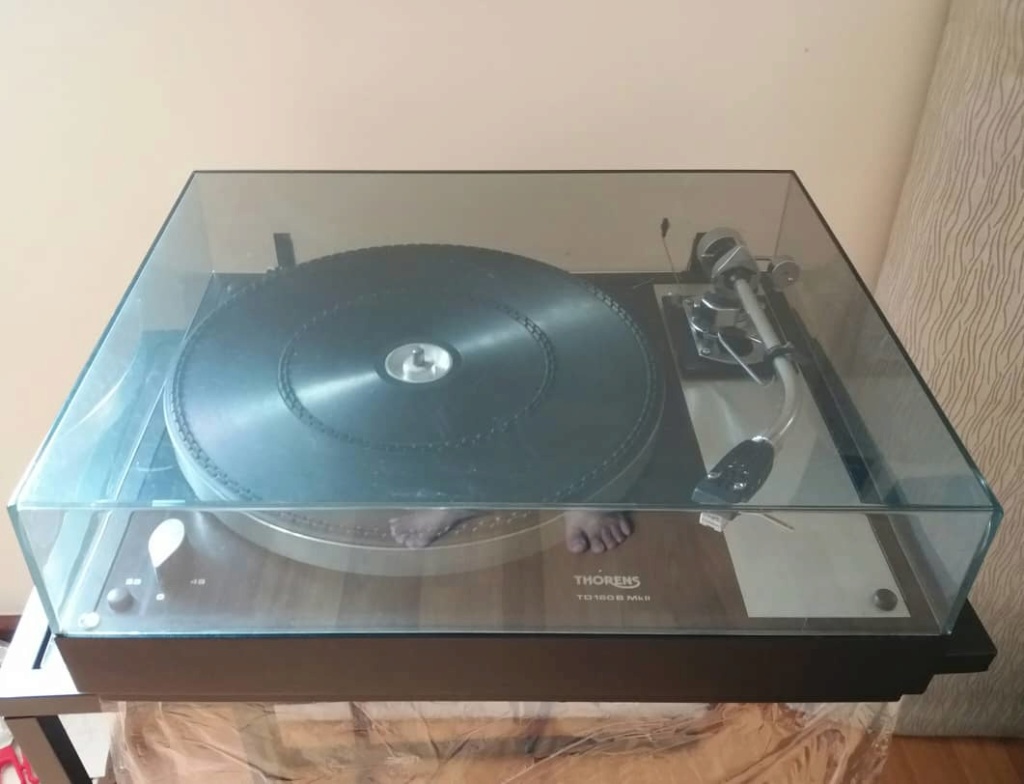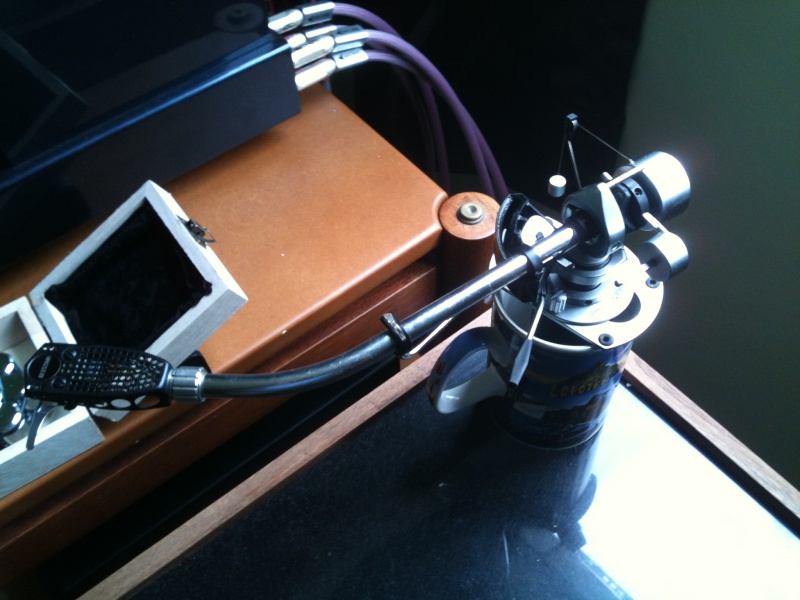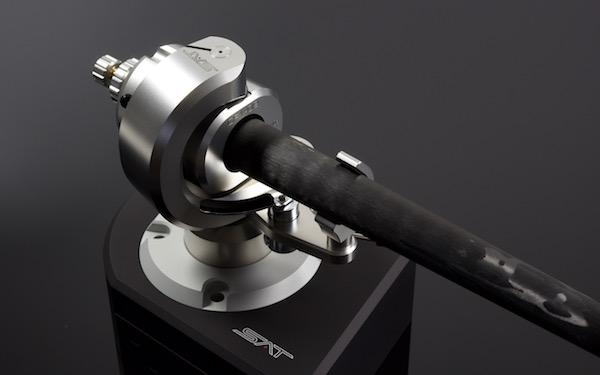

– required the use of side weights or a significantly lowered counterweight in order to provide stability. And generally speaking, those arms with a secondary stabilizer point require a lowered center of gravity in order to provide constant contact with the stabilizer guide bearing. Previously, all true unipivots – that is, those with a single contact point for the bearing and NO secondary stablizing surfaces, bearings, etc. The only downward tracking force is that of the adjustable counterweight, which remains a constant. When the arm is raised or lowered, there is no opposing force trying to return the arm to a rest position the pivoting system doesn’t really know or care if the stylus is at the record surface level or a half-inch above or below it as a result, there is no opposing force to the arm as it is traversing record deflection during play. With this system, the pivot point and the Center of Gravity of the moving system are in the same plane. The third, and most desirable system for tonearms, is NEUTRAL BALANCE. UNSTABLE BALANCE, when the center of gravity is placed ABOVE the pivot point, is entirely useless for tonearm design, and will exhibit serious problems, including reduced tracking force as the arm is raised. This system resists a change in postion when a tonearm utlizes this type of system, and such a tonearm is displaced from its preferred rest position, it will generate an immediate and opposing force which tries to return to that same position. STABLE BALANCE, normally seen in laboratory scales, occurs when the CG (center of gravity) of the moving system is placed BELOW the pivot point. At this point, a brief description of Balance Theory may be helpful: There are basically three types of static balance systems, Neutral, Stable, and Unstable. The Phantom, in spite of its robust appearance, has been designed with a very low moment of interia, so that the majority of phono cartridges can be used with ease and maximum performance. Tonearms should have as little inertia as possible yet, too often, as a result of the correct placement mass distribution being overlooked, they contribute excessive resisting forces in opposition to the requirements of the phono cartridge as it attempts to follow the ups and downs of a typical record. Secondly, they’ve addressed the all-important (and often ignored) area of dynamic balance. It is significantly improved from the earlier armwands, and attaches to a nearly half-inch wide stainless-steel post-and-connector that supports the armwand under tension, resulting in virtually a one-piece armtube/pivot assembly with high damping. The armtube itself, easily removable and using their patented alignment system, offers the safety, convenience and accuracy of off-turntable cartridge installation and alignment, as well as allowing quick interchange of multiple pre-mounted cartridges. The reasons for these and other significant improvements are many, and are covered in three patents, with other applications pending. Incorporating a slightly reshaped counterweight to allow for great cartridge weight ranges and lower moment of inertia, the result is greater transparency, broader soundstaging (both side to side and front to back), with greater bass impact and extension.Ĭombined, these refinements yield greater performance in the areas of thundering dynamics and sheer musicality, while retaining the delicacy of detail, quality and convenience features the earlier Phantom was noted for. This assembly, comprised of a constrained layer combination of brass and tungsten, provides greater energy control and damping, along with improved bearing peformance. In addition to the refined Magneglide ™ stabilizer, new internal wiring for even better detail and improved freedom from any mechanical resistance, an upgraded pivot design for even greater dynamics, and a new titanium armwand, the SUPREME has incorporated a new pivot housing assembly. And when compared to other tonearms on the market, tests and preliminary user comments have confirmed that the Phantom II SUPREME is in another, altogether higher level of performance.Ĭompared to the orignal Phantom, as well as the Series II, the SUPREME has a similar outward appearance, but has important internal differences. When Graham Engineering set about to improve on what was already a high standard, they knew any changes must be significant, and provide even more insight into the subtle layers of musical detail.Īnd now the Phantom II SUPREME – their newest and best effort to date – has exceeded their highest expectations, surpassing even the highly-rated Phantom II.


The original Phantom and upgraded Phantom II tonearms have enjoyed an enviable record of performance, build quality, and user satisfaction.


 0 kommentar(er)
0 kommentar(er)
